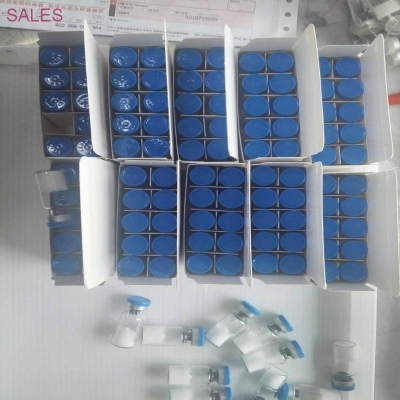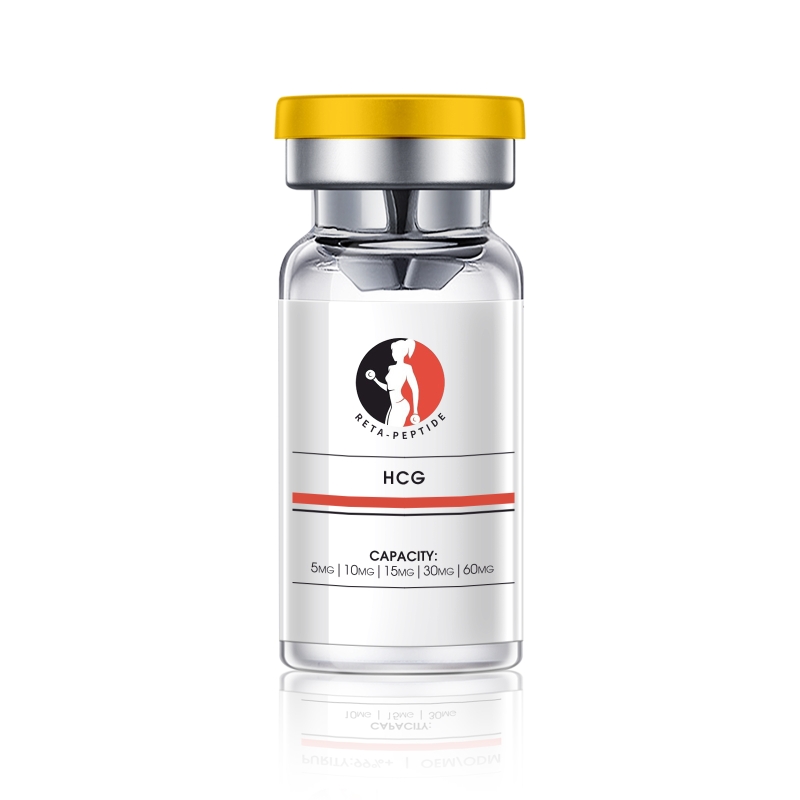Hospital clean room technology and key words analysis
-
Last Update: 2015-06-16
-
Source: Internet
-
Author: User
Search more information of high quality chemicals, good prices and reliable suppliers, visit
www.echemi.com
1 Clean room: a room where the concentration of airborne suspended particles and the concentration of bacteria are controlled to meet certain requirements or standards 2 Air cleanliness: the amount of suspended particles in the air in a clean environment The dust concentration is high and low 3 Clean room air concentration level: ① air state: facilities have been built, all power is connected and operated, but there is no production equipment, materials and personnel ② Static: the facilities have been built, the production equipment has been installed, and the equipment is operated under the unified state of the owner and the supplier, but there is no personnel ③ Dynamic: the facility operates according to the specified state, with the specified personnel present and under the agreed conditions 4 Classification of pollutants: ① solid and liquid particles suspended in the air ② Fungi, pathogenic bacteria and other microorganisms suspended in the air ③ various gases harmful to human body or production process 5 Particle classification: ① formation mode: dispersion, cohesiveness ② Source: inorganic, organic, living ③ Size: visible, microscopic, ultramicroscopic ④ General: dust, smoke, fog, smoke 6 The expression method of dust concentration in the atmosphere: ① counting concentration: expressed by the number of particles contained in the air per unit volume ② Mass concentration: expressed in terms of the mass of particles contained in the air per unit volume ③ Settling concentration: the number or mass of particles settling naturally in unit time and unit area 7 Clean room classification: ① by use: industrial clean room (indoor positive pressure, with inanimate particles as the control object, main parameters: temperature, humidity, wind speed, flow field, cleanliness); biological clean room (general positive pressure, biosafety negative pressure) ② According to the air flow pattern: unidirectional flow (single flow direction, uniform speed, no vortex); non unidirectional flow (turbulent flow, variable direction, uneven speed, with vortex); mixed flow (non unidirectional flow + unidirectional flow); radial (loss) flow (air flow through the vertical section, uneven radial shape of air outlet) 8 Clean room standard: ① international clean room standard: ISO 14664-1 CN = 10 ^ n * (0.1 / D) ^ 2.08 CN - the air suspension particle of the considered particle size Zui large allowable concentration (PC / M?) n - grading order (1-9), the middle number between integers can be specified, Zui small allowable increment 0.1D - the considered particle size (UM) ② US Federal FS-209E standard: morning M = 10 ^ m (0.5 / D) ^ 2.2 M - the expressed value of cleanliness level in Si M1-m7, grade 13, 0.5d-considered radius of each grade (UM) morning - upper limit concentration of particles larger than or equal to particle size (d) (PC / M?) ③ China cleanroom standard: Code for design of cleanrooms GB 50073-2001 9 Control of noise requirements for cleanrooms: the noise level specified in code for design of cleanrooms (GB 50073-2001) is as follows: ① During dynamic test, the noise level in clean room shall not exceed 70dB (a) ② During the air test, the non unidirectional flow cleanroom shall not be greater than 60dB (a); the unidirectional flow and mixed flow cleanroom shall not be greater than 65dB (a) 10 Filtration efficiency: under rated air volume, the percentage of the ratio between the dust concentration in the air before and after the filter and the dust concentration in the air before the filter η = (1-C2 / C1) * 100% series connection: 1 - (1-η 1) (1-η 2) 11 Penetration rate: 1-η% of the ratio of the dust concentration of the air after filtration to the dust concentration of the air before filtration 12 Filter surface velocity: the air flow velocity passing through the filter section, reflecting the performance index of filter passing capacity and installation area Filtration speed: the air flow speed on the area of the filter material, reflecting the capacity (filtration performance) of the filter material 13 Filter resistance: resistance of filter material + resistance of filter structure Initial resistance: the air flow resistance of the newly made filter under rated air volume Final resistance: resistance value of filter scrapping (initial resistance 2-4 times) Design resistance: representative resistance in design (average initial resistance and final resistance) 14 Filter capacity: the Zui of the filter has a large allowable dust volume, which is the mass of the filter containing a specific test dust under a specific test condition (2 times of the general initial resistance) 15 Classification of air filter: (according to filtration efficiency) ① coarse efficiency, greater than 5um, subject to 5um ② Medium efficiency, 1-10um, subject to 1um ③ High and medium efficiency, 1-5um, subject to 1um ④ Sub, less than 1um, subject to 0.5um ⑤ , 0.1-0.3um, subject to 0.12um 16 Inspection and test methods of air filter: ① quality method: (coarse and medium) the filter is installed in the standard test wind tunnel, with continuous dust emission at the upper wind end, and the dust quality passing through the filter is measured every other period of time to obtain the filter efficiency calculated by the dust quality of the filter at this stage ② Colorimetry: (1) sampling before and after the filter, the dusty air passes through the filter paper, irradiates the polluted filter paper under the light source, and then measures the light transmittance of the filter paper before and after the filter with the photoelectric pen colorimeter; under the condition of the same dust composition, size and distribution, the filtering efficiency is calculated by using the relationship between the light density and the dust accumulation ③ Particle count method: (high) pass the dusty air flow through the strong light illumination area at a very small flow rate When the dust particles in the measured air pass through in turn, each dust particle will generate a light scattering, forming a light pulse signal According to the relationship between the amplitude of the light pulse signal and the size of the particle surface, the particle beam and brightness are measured by the photomultiplier tube to determine its filtering efficiency ④ DOP: (dioctyl phthalate) (high) the test dust source is 0.3um single-phase DOP droplets heated to steam, which are cold condensed into small droplets under specific conditions After removing the oversized and undersized droplets, particles of about 0.3um are left behind The foggy DOP enters the air duct, and then the turbidity of the gas sample before and after the filter is measured, so as to judge the filter efficiency of 0.3um dust ⑤ Counting scanning method: (high) the measuring instrument is a large flow laser particle counter or a coagulating nodule counter The counter is used to scan the whole air outlet surface of the filter The counter gives the number and particle size of each point of dust ⑥ Oil mist method: (high) the dust source is oil mist, and the amount is the turbidity in the oil mist air The instrument is a turbidity meter The filter efficiency of oil mist particles is determined by the turbidity difference of the gas sample ⑦ Sodium flame method: (high) salt water splashes under the agitation of compressed air, forms small smoke after drying and enters the air duct Before and after the filter, the salt gas sample makes the color of hydrogen flame blue and brightness increase The brightness of the flame (flame photometer) is used to determine the salt spray concentration of the air and the efficiency of the filter 17 Service life of filter: T = P / (N1 * 10 ^ - 3 * Q * t * η) η - weighing efficiency% p - dust content g N1 - dust concentration in front of air mg / M? Q - air volume m? / h t - working time of one day h 18 Air supply port of filter: a filter component composed of filter and air supply port 19 Fan filter unit: it is formed by connecting the air supply outlet of the filter and the fan 20 Clean working table: it is a local purification equipment set in clean room or outdoor, which can be kept highly clean in the operating table according to the requirements of the use environment Principle: the fresh air or return air is inhaled by the pre filter and pressurized by the fan, and the clean air filtered by the air filter is sent to the operation area Classification: ① according to air distribution: non unidirectional flow, unidirectional flow ② According to exhaust: full cycle, DC, front exhaust, comprehensive exhaust ③ According to the process requirements: special working table, general working table 21 Self purifier: a kind of air purification equipment composed of fan coarse effect, medium effect, sub air filter, air supply outlet and air return outlet 22 Clean laminar flow hood: local clean air supply device with vertical unidirectional flow 23 Air shower room: it is a device for personal purification and preventing polluted air from entering the clean area It uses high-speed clean air flow to remove dust particles on the surface of personal clothes or materials that have entered the clean area 24 Transfer window: an opening device for transferring objects outside or between clean rooms, which can temporarily block the clean air flow and prevent the spread of pollutants (mechanical type, air valve type, sterilized type and closed type) 25 Residual pressure valve: in order to maintain a certain indoor static pressure, the residual pressure valve adjusts the opening degree according to the static pressure difference, and uses the position of the heavy hammer to balance the air pressure 26 Clean air conditioning unit: technological air conditioning, with high and medium efficiency filter, and the air pressure is larger than that of general air conditioning unit (cabinet type purification air conditioning unit, combined air conditioning unit, purification fresh air unit) 27 One way flow clean room: definition: clean room with uniform cross-section velocity and passing through the whole room in a single direction along the parallel streamline The principle is to discharge the indoor polluted air along the whole section by pushing out, so as to purify the indoor air Full distribution ratio: (full distribution degree of filter) net sectional area of air filter / sectional area of filter arranged in clean room Characteristic index: ① streamline parallelism The parallel function of the streamline is to ensure that the dust particles emitted by the dust source do not propagate in the vertical direction ② Turbulence (speed unevenness) It indicates the degree of concentration or dispersion of velocity field, which is less than 0.2 for comparison of different velocity fields ③ Lower wind speed Control the Zui small wind speed of polluted air flow According to the air distribution classification: 1 Vertical unidirectional flow: strong self-cleaning ability, able to reach Zui high cleanliness level, the process equipment in the clean room can be arranged arbitrarily, can simplify the personal purification facilities, the ceiling structure is complex, and the cost of maintenance is high 2 Horizontal unidirectional flow: low cost, along the air flow direction, the flow line is slightly downward, the dust concentration is gradually increased, the cleanliness level is gradually reduced, and there are many places with cleanliness requirements in the use process 28 Non unidirectional flow clean room: definition: a clean room where the air flow is not parallel at an uneven speed, accompanied by reflux or eddy current Principle: constantly dilute the indoor air by the air supply flow, and gradually discharge the indoor pollution to reach the balance Characteristic index: ① air change times: ensure that there is enough clean air flow for dilution ② Air distribution: ensure uniform air supply and return, and give full play to the dilution effect of clean air flow ③ Self purification time: reflect the ability of clean room to recover from pollution to normal state (no more than 30min) Air supply and return mode: top supply, side down return 29 Radial flow clean room: it belongs to non unidirectional flow, close to the effect of unidirectional flow, and is simpler in structure than unidirectional flow The air distribution forms are fan-shaped, hemispherical, semi cylindrical, upper air supply, opposite side and lower air return 30 Clean room pressure difference: definition: the static pressure difference that must be maintained between the clean room and the surrounding space Objective: to ensure that the cleanliness of the clean room is not polluted or polluted by the adjacent room when the normal work or air balance is temporarily damaged Control methods: air return control, residual pressure valve control, regulating air return valve or exhaust valve, differential pressure transmission control, regulating fresh air valve 31 Calculation of leakage air volume: ① room ventilation frequency method: when the pressure difference in the clean room is 5 Pa, the corresponding ventilation frequency of the pressure difference air volume is 1-2 times / h; 10 Pa, 2-4 times ② Gap method: more reasonable and complicated 32 Clean air conditioning system: Classification: ① centralized: single fan system and double fan system; fan series and parallel ② Decentralized: local purification device is designed in the central air conditioning system; air supply is provided in the decentralized cabinet air conditioning system Features: ① large air volume ② Large cooling load and special load factors ③ The air pressure of the fan is high ④ The pressure difference is strictly controlled ⑤ Secondary return air 33 Selection of air supply volume of clean room: 1 Air supply volume to ensure air cleanliness level 2 According to the cold
This article is an English version of an article which is originally in the Chinese language on echemi.com and is provided for information purposes only.
This website makes no representation or warranty of any kind, either expressed or implied, as to the accuracy, completeness ownership or reliability of
the article or any translations thereof. If you have any concerns or complaints relating to the article, please send an email, providing a detailed
description of the concern or complaint, to
service@echemi.com. A staff member will contact you within 5 working days. Once verified, infringing content
will be removed immediately.







